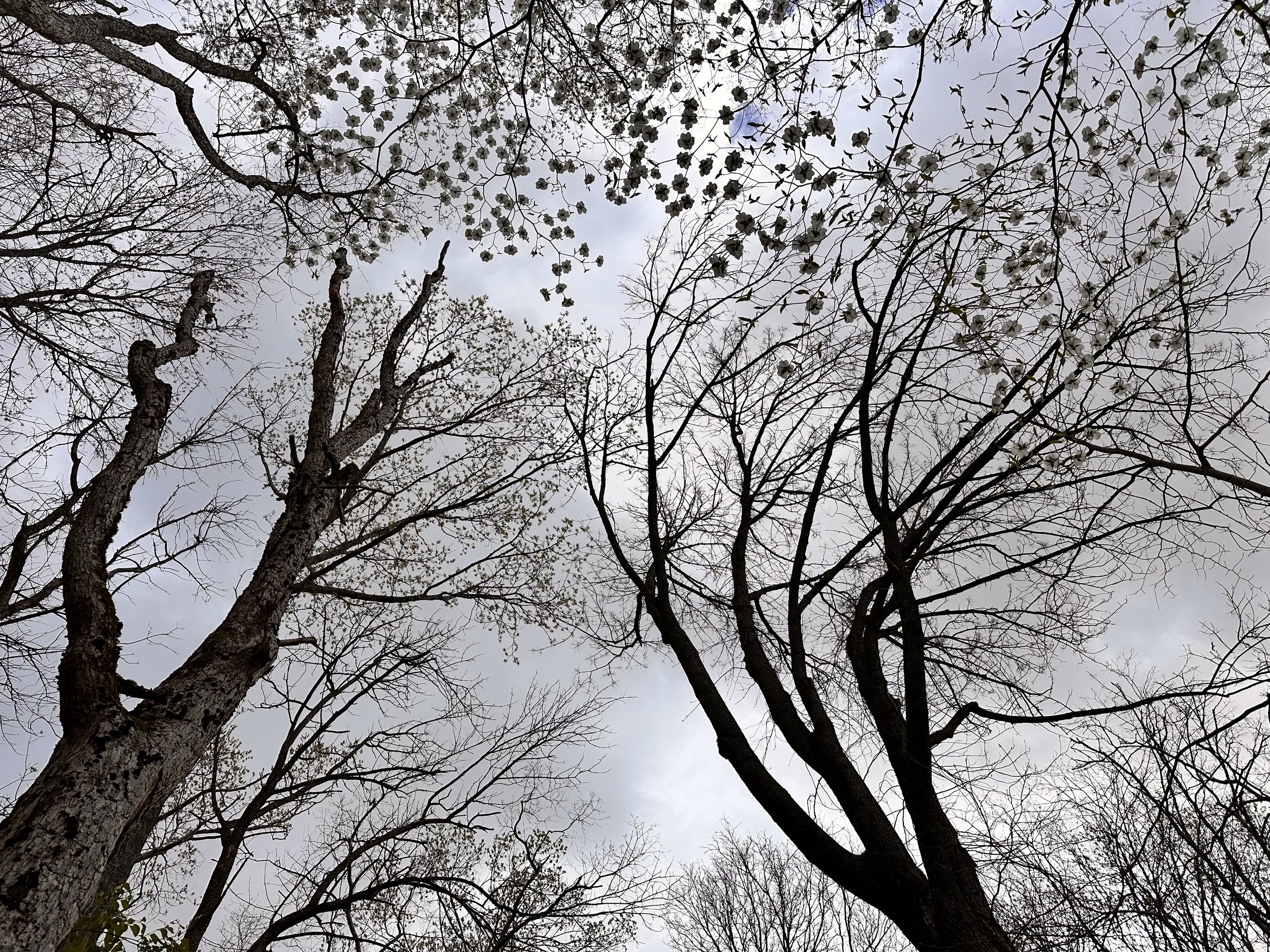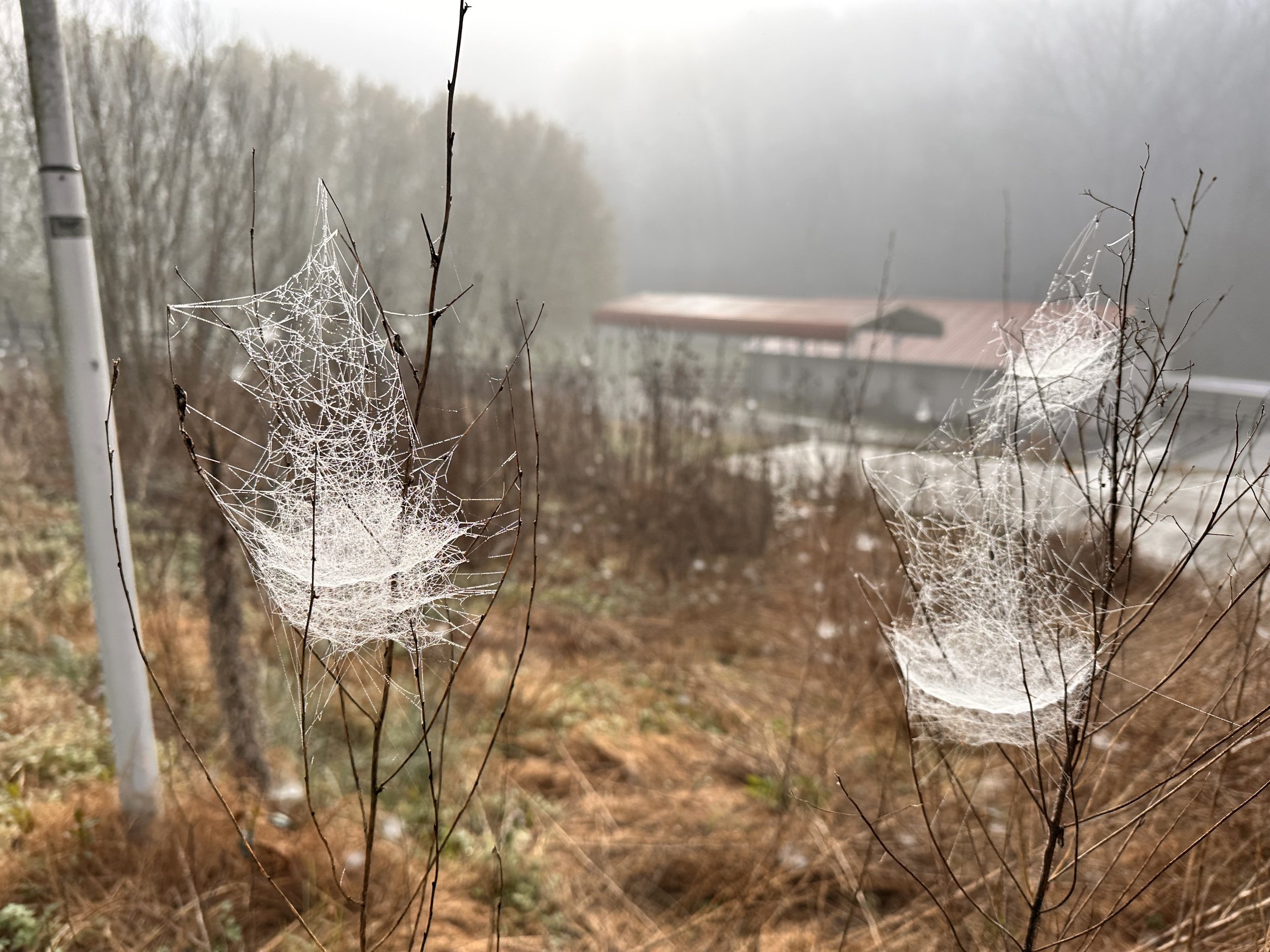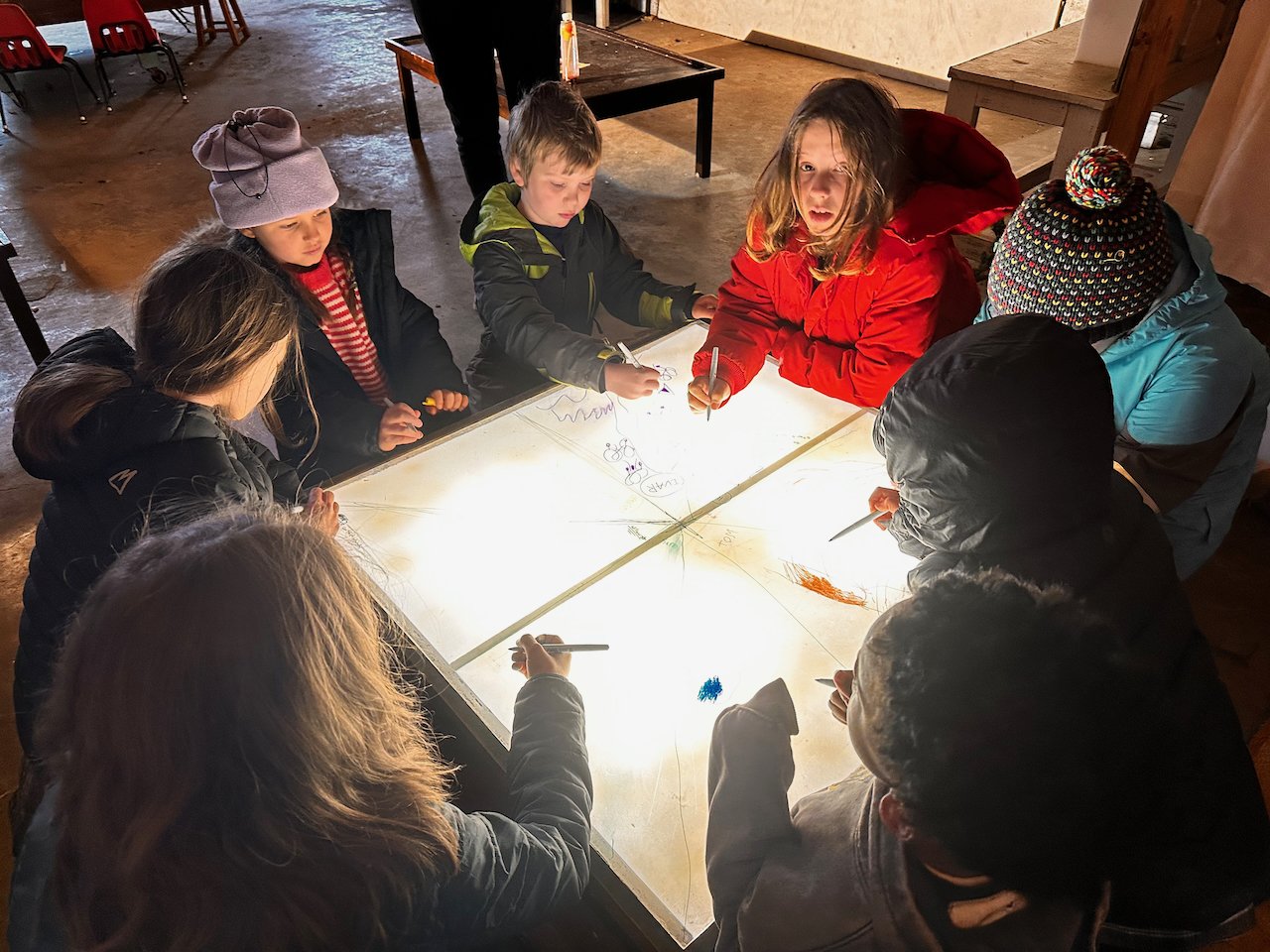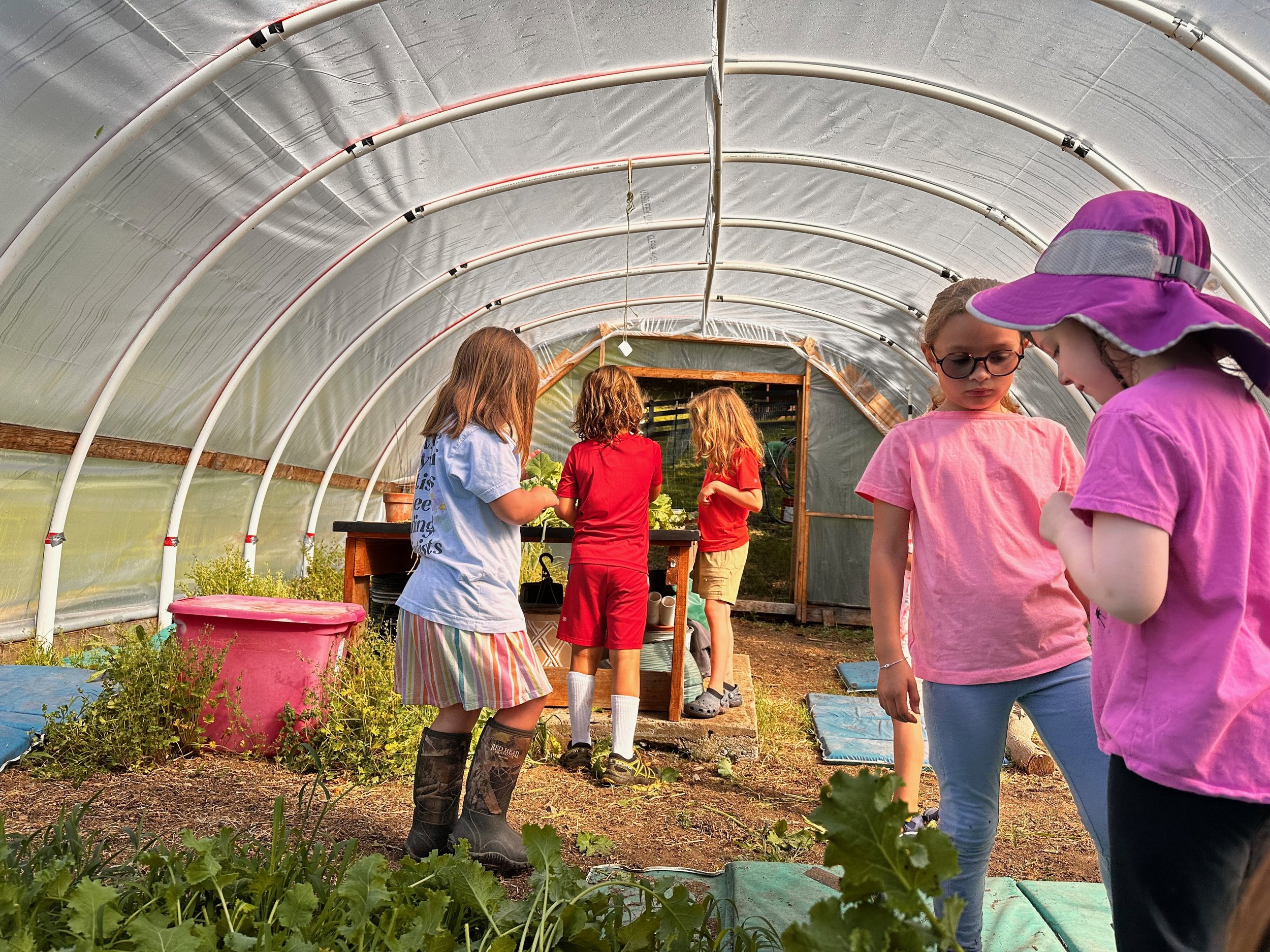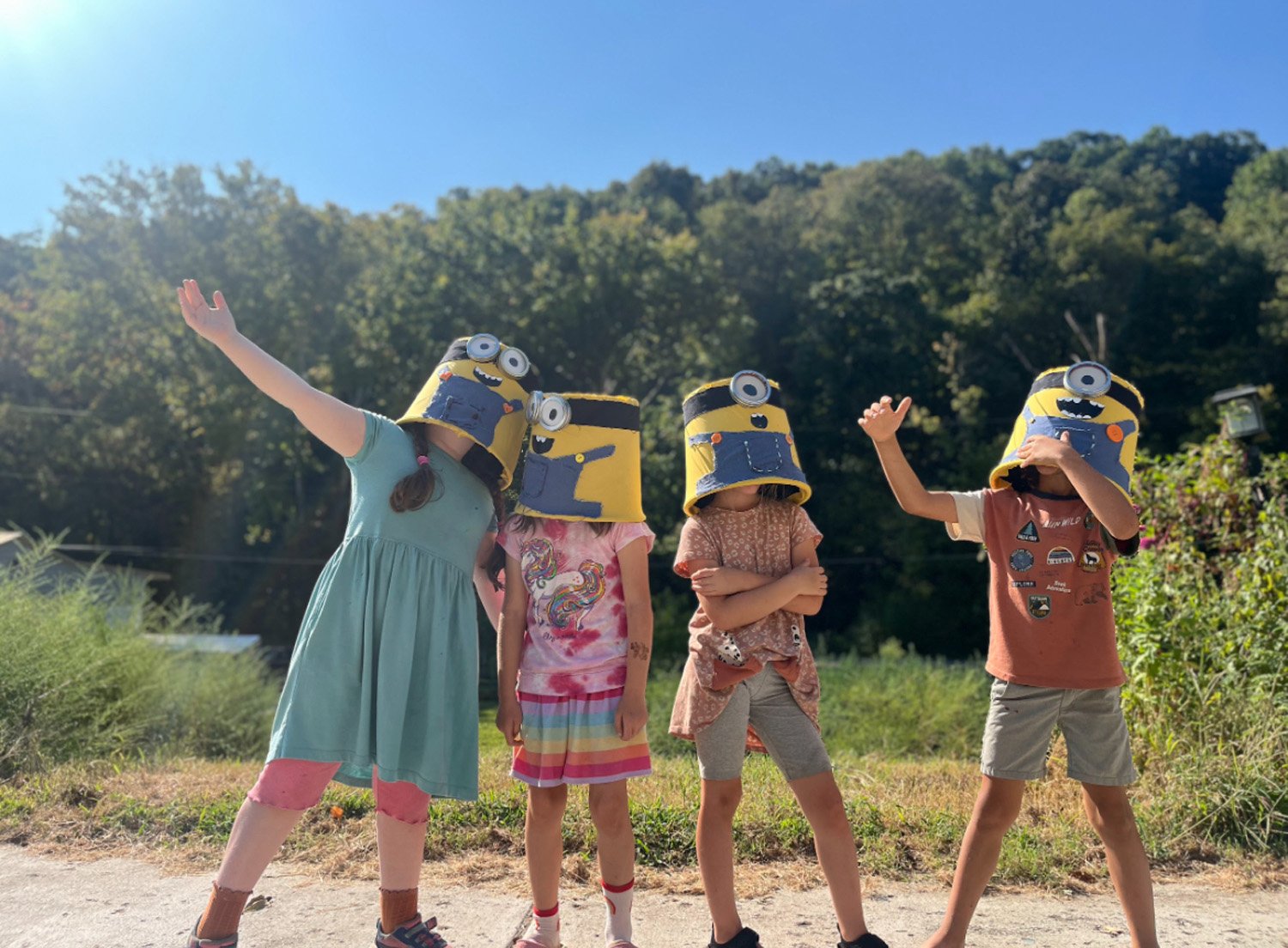
Elementary Years
We believe that learning should be joyful, natural, and deeply connected to the world around us.
overview
groups for the 2025- 2026 school year
Our Persimmons are in Kindergarten
Our Sycamores are in First Grade
Our Poplars are in Second Grade
Hours
8:00 am to 3:00pm
Monday through Friday
August 7th 2025 to May 21st 2026
Location
Farm Campus
4341 Pecan Valley Road, Nashville TN 37218
In future years we will have
Adding 3rd grade for the 2026-2027 school year.
Adding 4th grade for the 2027-2028 school year.
Adding 5th grade for the 2028-2029 school year.
Extending Reggio Emilia to Elementary Education
No tradeoffs
At A New Leaf, we believe—as the Italian educators of Reggio Emilia do—that curiosity, creativity, and collaboration are not exclusive to early childhood. These principles continue to enrich learning as children grow. Our elementary program builds on the foundation of playful inquiry, integrating academics with hands-on, real-world exploration. Children are not just preparing for the next grade—they are developing the habits of lifelong learners.
Listening
Respect for each other, our values and rules create our culture rooted in social emotional learning where every voice matters as we consider many points of view.
Still 100 languages
Inspired by Loris Malaguzzi’s belief that “the child has a hundred languages”, our elementary students are encouraged to express their thinking in diverse ways—through art, music, movement, scientific exploration, and storytelling.
More Projects!
Children learn best when they are engaged in meaningful, real-world projects. At A New Leaf, we follow their questions and interests to design interdisciplinary, hands-on projects that blend science, math, language, and the arts. Learning is woven together naturally, rather than divided into isolated subjects.
Honoring the Whole Child
Our approach to elementary education emphasizes social-emotional learning alongside academic exploration. Through collaborative projects, group discussions, and problem-solving challenges, children develop essential life skills—critical thinking, communication, empathy, and resilience.
We are creating a learning environment where children remain at the center of their own education.
Spaces that Inspire Exploration
Our indoor and outdoor learning spaces are intentionally designed to spark curiosity, invite collaboration, and give children the freedom to make choices in their learning journey.
Making Learning Visible
We document each child’s thinking and growth—through photos, transcripts, and reflections—so that children, teachers, and families can revisit and deepen their learning over time. This process builds confidence, encourages self-reflection, and makes learning truly meaningful.
A New Leaf’s teachers are excited to bring a holistic philosophy to students from kindergarten through fifth grade, ensuring that their natural love for learning continues to thrive.
Kindergarten
First
Third
Coming Fall 2026
Second
Fourth and Fifth
Coming Fall 2027 and 2028



